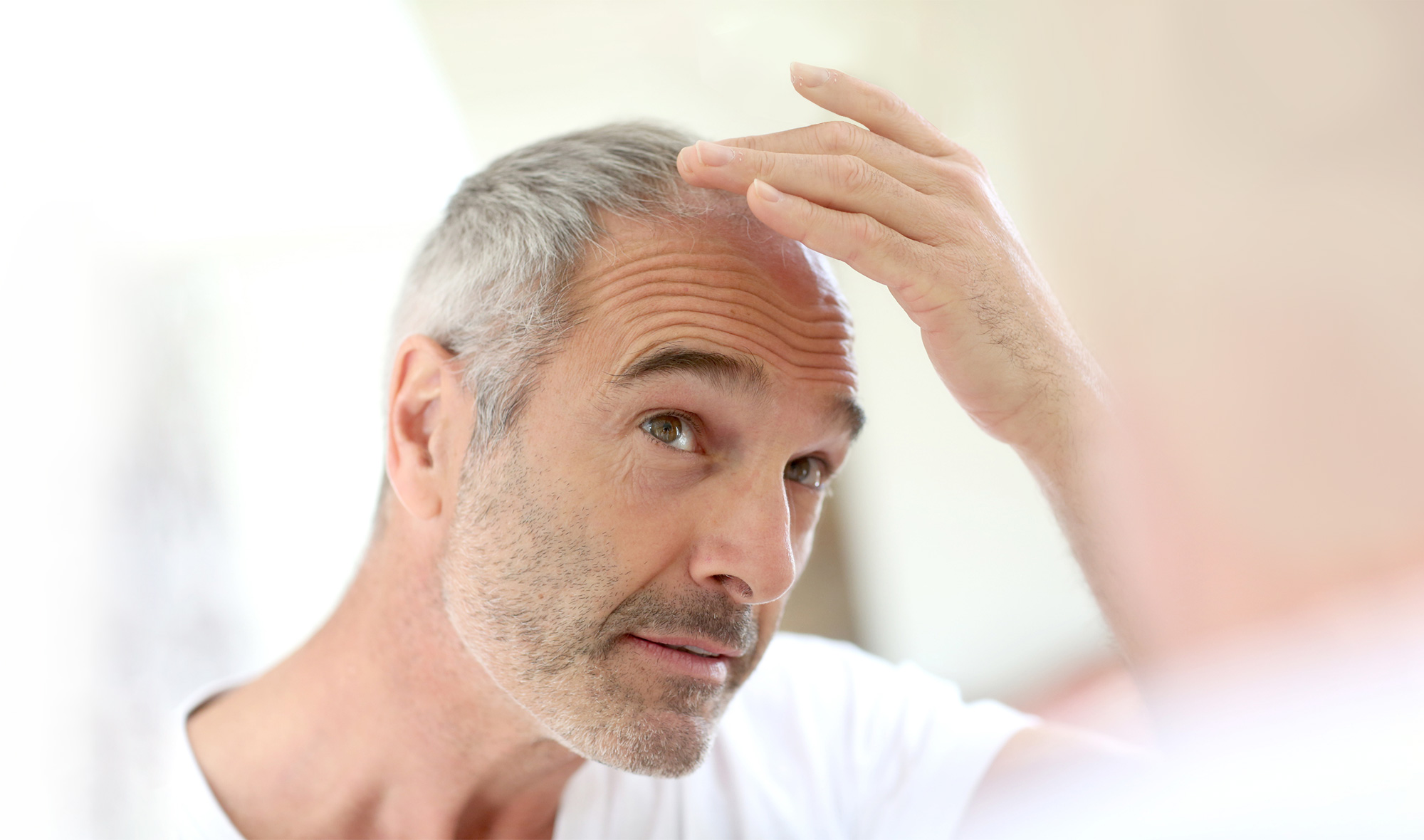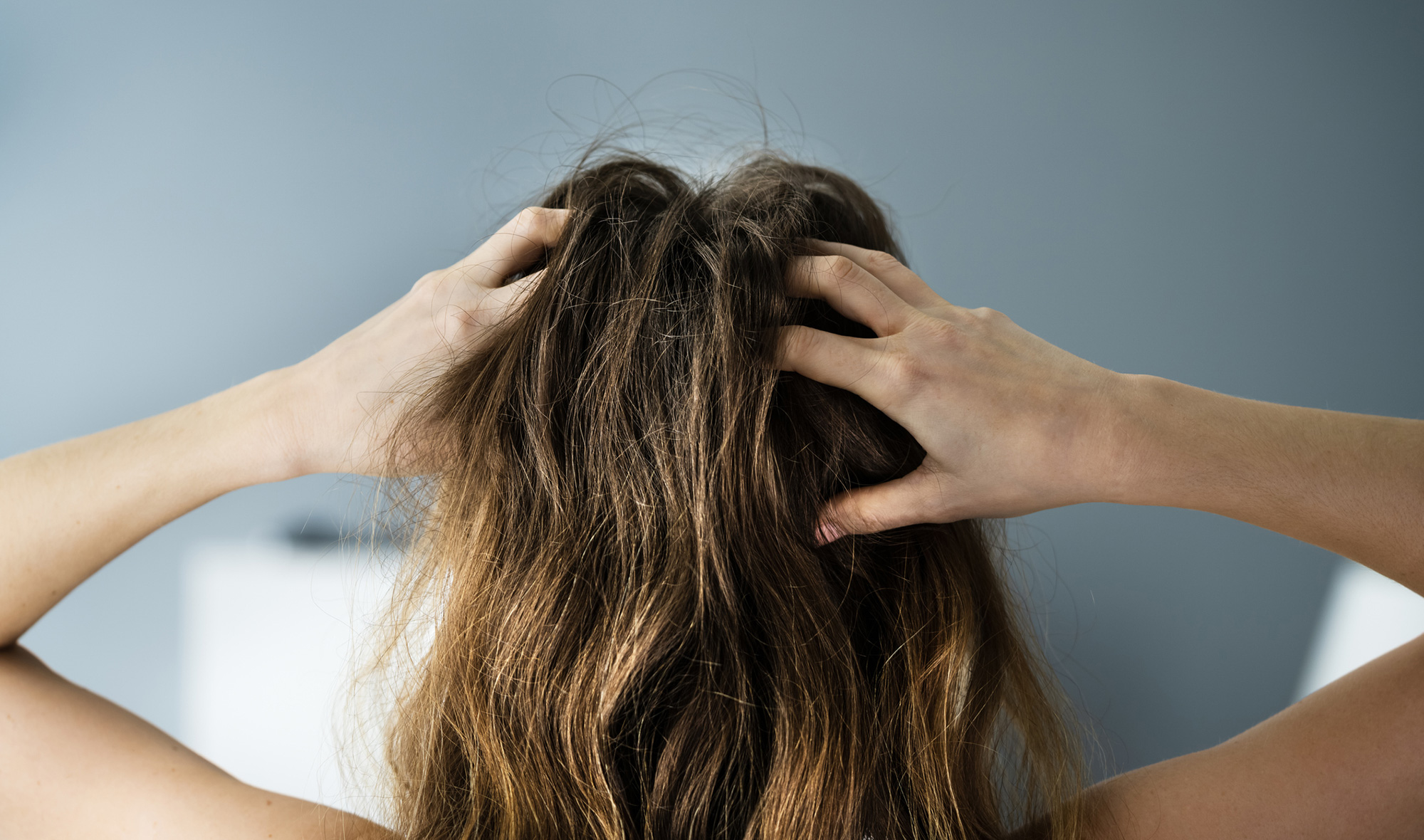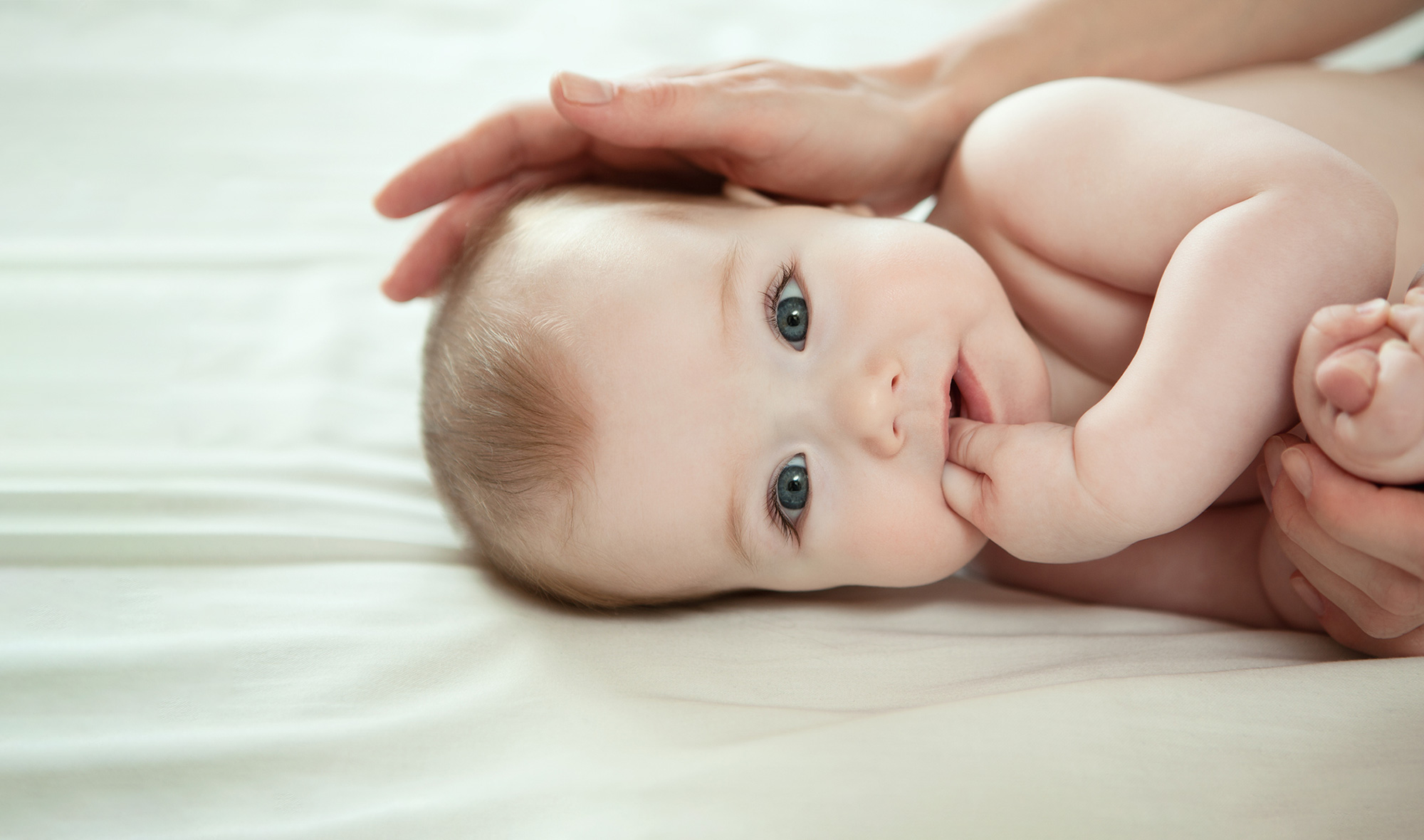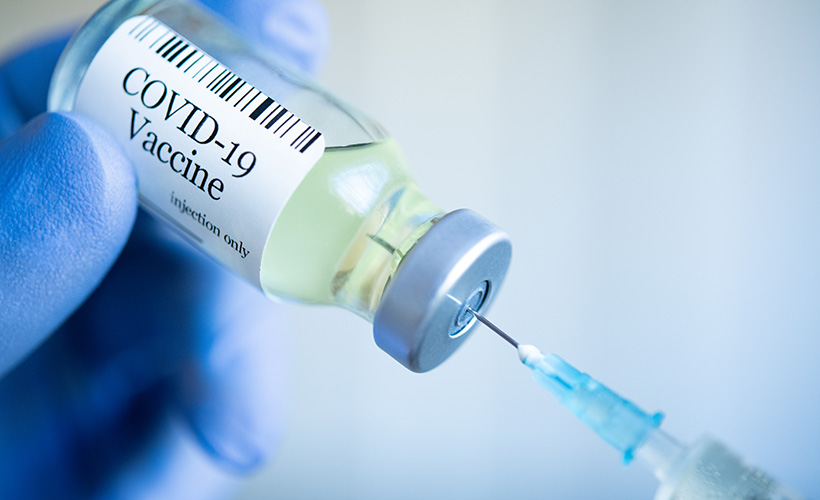On a healthy head, the usual cycle of hair growth lasts somewhere between two and six years, with hairs growing about one centimetre a month during this time. At any given time about 90% of your head hairs are growing, while the other 10% are in a resting phase. After about two to three months the resting hair will shed itself and in its place grows new hair. It is normal to lose about 100 hairs a day but sometimes this shedding is faster than usual, leading to thinning hair and baldness.
What causes hair loss?
There are several different forms of hair loss, each with a different cause. Sometimes hormonal issues such as an under or overactive thyroid gland can cause hair loss. Male and female hormonal imbalance, such as an imbalance of androgens and oestrogen, can also stimulate hair loss. After pregnancy it’s not uncommon for the huge hormonal shifts to cause rapid hair loss, which usually self-corrects within a few months. Fungal infections of the scalp and hair abuse in the form of over-colouring, teasing and drying can also lead to abnormal hair loss. Sometimes hair loss may be a sign of a serious underlying condition such as kidney or liver disease or the autoimmune disease lupus erythematosis. In women of reproductive age, excessive hair loss can sometimes be caused by Polycystic Ovarian Syndrome (PCOS).
Male Pattern Baldness (or androgenetic alopecia) is by far the most common form of baldness in men. This genetic form of hair loss usually begins with a receding hair line before the age of 40 and then proceeds to baldness on top of the head. There is a female equivalent called female pattern baldness which usually causes hair loss all over the head.
The second most common form of alopecia is Telogen Effluvium (TE) which causes a change in the number of hair follicles in the resting phase leading to excessive hair loss. This form of hair loss is poorly understood and can affect both men and women, and is most frequently seen after physical or emotional trauma or after childbirth. The use of some medications such as anti-depressants and beta-blockers can trigger TE.
The next most common form of hair loss is Alopecia Areata. This occurs in people who are apparently healthy and have no skin disorders. This is thought to be an autoimmune condition in which the body attacks and destroys its own hair follicles and suppresses hair growth. This condition usually starts as one small round patch of hair loss, which may then become multiple areas of hair loss usually on the scalp. In rare instances, the condition can involve the whole of the scalp and all skin-bearing surfaces.
Prevention and treatment
1. Visit your GP
You may need an examination and tests to ensure you don’t have an underlying medical condition causing your hair loss. Iron deficiency anaemia, thyroid imbalance and autoimmune disorders can all lead to hair loss as can liver and kidney problems. Fungal infection needs to be excluded. Some cancers can also cause hair loss (as can the chemotherapeutic drugs used to treat them). Also check that your hair loss is not related to pharmaceutical drugs you are using such as acne medications, diet pills and some medications used for bipolar disorder.
2. Stop sabotaging the health of your head
If you are a smoker, stop, as smokers lose their hair faster and go grey more quickly than non-smokers. If you have permed and coloured hair, your hair loss may be a direct result of chemical damage on your scalp.
3. Optimise your diet
Hair loss may be associated with insulin resistance and metabolic syndrome. High insulin levels caused by insulin resistance resulting from an excessive dietary intake of high glycaemic carbohydrates (sugars, refined grains and processed foods) increases testosterone levels and can stimulate hair loss. Reduce omega-6 fats in your diet (polyunsaturated cooking oils) in favour of increasing omega-3 fats such as fish oil, flax oil, avocado, and nuts and seeds.
4. Pharmaceutical help for hair loss
Depending on the cause of your hair loss, there may be pharmaceutical help for your condition. If you have a scalp infection, treatment will prevent further hair loss. In women, hormonal imbalances may be addressed by some types of the oral contraceptive pill; steroid injections are also sometimes helpful. Minoxidil is a commonly used non-prescription product which can be safely used by both men and women and is available from a pharmacy. Finasteride is an oral medication suitable only for men, and available on prescription. The best results for men probably come from using both drugs in combination. With either product it may take as long as six months to see an improvement.
5. Hair implants
Hair implants may help cover bald areas and wigs are also widely used, in particular after chemotherapy.
In about 50% of cases of alopecia areata, the hair will grow back spontaneously without any specific treatment and the final outcome is good for the majority of people.
















Community